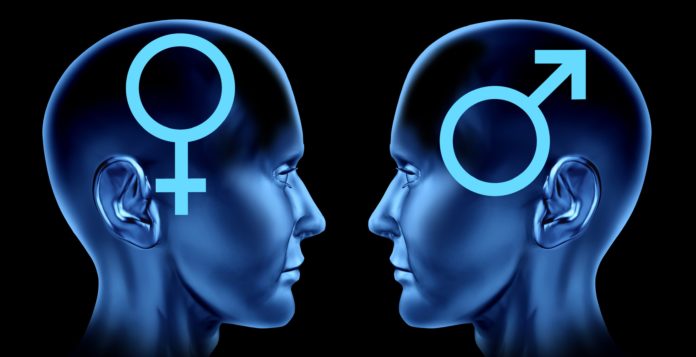
In a potentially groundbreaking discovery, researchers have identified the brain network underlying the very personal gender identity of every human being, providing one of the strongest biological explanations for transgender identification to date.
Gender identity — our sense of belonging to the male or female gender — is an inherent component of the human identity perception. As a general rule, gender identity and physical sex usually coincide. If this is not the case, one refers to trans-identity or transsexuality.
While the biological gender is usually manifested in the physical appearance, the individual gender identity is not immediately discernible and primarily established in the psyche of a human being. As the brain is responsible for our thoughts, feelings and actions, research institutions worldwide have long been searching for a possible neural representation of gender identity.
Now, researchers led by Dr. Georg S. Kanz of the University Clinic for Psychiatry and Psychotherapy at the Medical University of Vienna have identified, for the first time, the neural correlates (analogies) of gender identity perception in the network of the brain. The findings, published in the Journal of Neuroscience, suggest that gender identity is reflected — and even verifiable — in the cross-links between brain regions.
For the study, researchers used diffusion-based magnetic resonance tomography (MRT) to examine the brains of transgender persons as well as female and male control subjects. The examination revealed significant differences in the microstructure of the brain connections between male and female control subjects. Meanwhile, transgender persons took up a middle position between both genders.
What’s more, the researchers found that it was also possible to detect a strong relationship between the microstructure connections among these networks and the testosterone level measured in the blood.
“These results suggest that the gender identity is reflected in the structure of brain networks which form under the modulating influence of sex hormones in the course of the development of the nervous system,” the authors write.
The new findings add to the evidence supporting a biological basis of gender identity, and more specifically, transgender identity. In 1999, scientists identified anatomic brain differences between transsexuals and nontranssexuals, while more recent research indicates that genetics likely have a mild to moderate effect on transgender development.
As one expert put it, being transgender — or not — is all “part of the human condition.”
